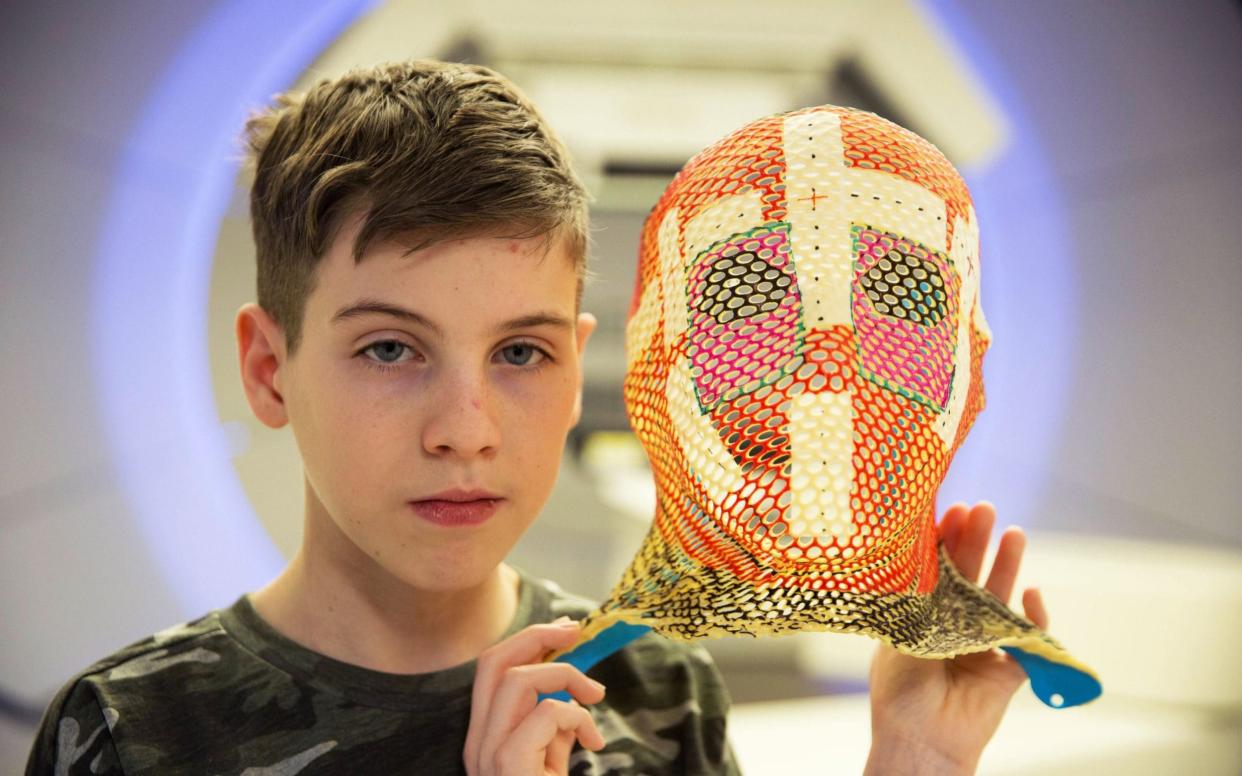The 250 Million Pound Cancer Cure review: the sci-fi approach to beating the disease

With BBC Two's superlative War In The Blood airing just a fortnight ago, we've been spoilt by cancer documentaries recently. The £250m Cancer Cure (BBC Two) wasn't in the same league, sadly, yet portrayed a medical breakthrough which inspired similar hope for the future.
Proton beam therapy is one of the world’s most technologically advanced, most costly cancer treatments. However, it has the potential to save the lives of children with otherwise incurable forms of the disease.
It has only been available abroad until now - hence controversies like critically ill five-year-old Ashya King’s parents being jailed for abducting him from hospital to seek treatment overseas - but in 2015, the NHS announced it would be building two pioneering centres of its own: one at the Christie Hospital in Manchester, the other at London’s University College Hospital.
Over two years, cameras followed the race to get these shiny hi-tech hubs up and running, as well as meeting the first children awaiting the laser-targeted treatment. The result was a slightly awkward blend of engineering documentary and health report.
First came the construction phase, reminiscent of those boy’s toys documentaries about monster machines and supersized diggers. Building these facilities in the heart of cities was no mean feat. As scientists explained, it was like plonking a particle accelerator in the middle of a busy hospital - or a nuclear power station in a town centre.
The process generates so much radiation, it had to be housed in a maze-like nuclear bunker with four metre-thick concrete walls. The biggest hole ever to exist in London was excavated. Hard hats and hi-vis vests were worn. We watched with bated breath as multi-million pound precision kit was lowered through the roof by crane with mere inches to spare.
In a documentary of two halves, then came the medical case studies. We met 15-year-old Morgan, who owed his life to proton beam therapy in America for a rare form of facial cancer, as did four-year-old Lucas, who it had cured of bladder cancer.
Mainly, though, cameras followed 15-year-old Mason as he became one of the first patients to receive proton beam therapy in the UK. At the newly opened Christie centre, he embarked on a six-week course of treatment targeting his inoperable brain tumour. With its rotating chambers, moulded masks and glowing green beams, this was sci-fi fare.
Mason was a lovely, plucky lad, so it was all the more emotional when he got to ring the “end of treatment” bell and return to school to take his GCSEs. Sweetly, he’s hoping to become a doctor when he’s older. Who could blame him? The tireless scientists and medics here were all hugely committed and thoroughly admirable.
Actress Lorraine Ashbourne’s narration went overboard on the patronising comparisons, Everything was as big as a jumbo jet, an Olympic-sized swimming pool or the Royal Albert Hall. It rather reminded me of going through the round window on Play School.
The Christie centre is already seeing 10 patients per day, with the UCH site scheduled to open next summer. Together, they could save hundreds of young lives each year.
This was an enlightening behind-the-scenes look at a cutting edge, cancer-zapping development. However, the uneven film only truly hit its stride in the home stretch and didn't quite do its fascinating subject justice.
